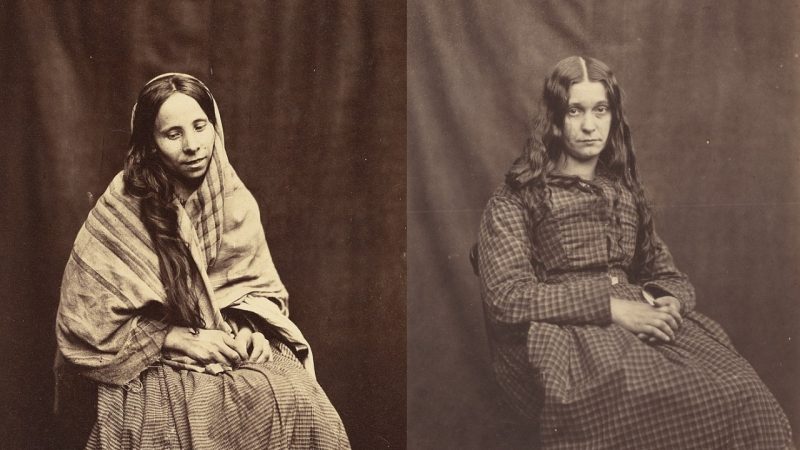We can’t even imagine life without photography. But in its early days, it was hard to determine in which direction the invention would go. Apart from being a technological curiosity useful for taking family portraits, what else could this strange apparatus offer?
Well, one 19th century English psychiatrist and photography enthusiast, Hugh Welch Diamond, perceived the invention of photography as something that could help analyze the depths of the human soul–and even treat mental disorders.
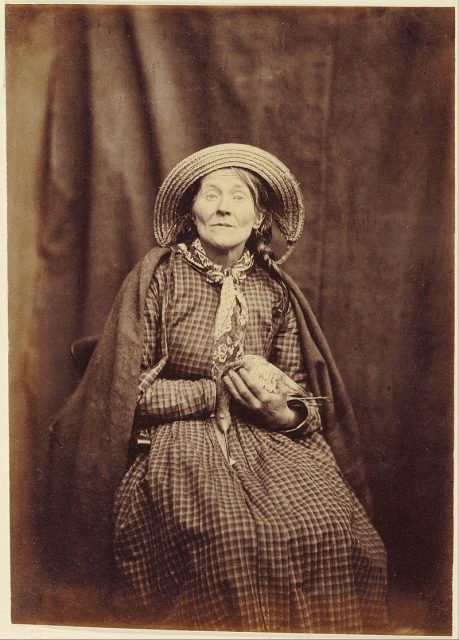
After becoming acquainted with the developing technology in its early stages, he helped found the Royal Photographic Society. Later on, he became the Society’s secretary and the editor of its official magazine, The Photographic Journal. Diamond started photographing his patients at the female department of the Surrey County Asylum, where he was employed as a superintendent in the 1850s.
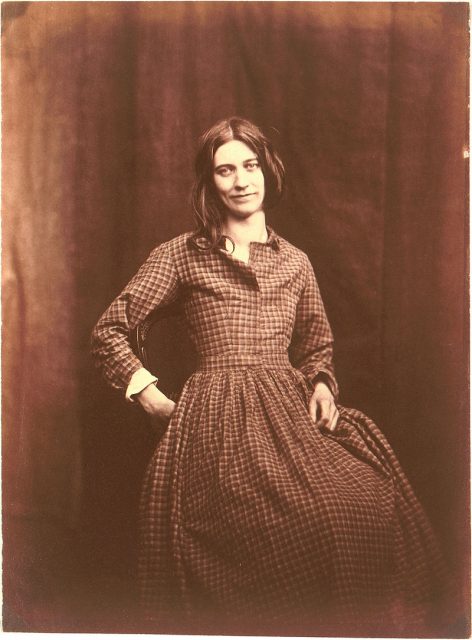
During his time as superintendent, he made numerous portraits of women who were suffering from various psychological problems.
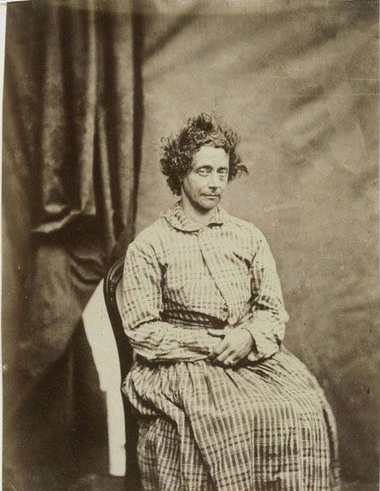
The eerie images were intended to serve as a recording that would eventually point out to the patient the “before and after” effect of therapy. Also, since Dr. Diamond was a firm believer in physiognomy, he believed he could track, diagnose, and treat his patients by meticulously analyzing the features of their face.
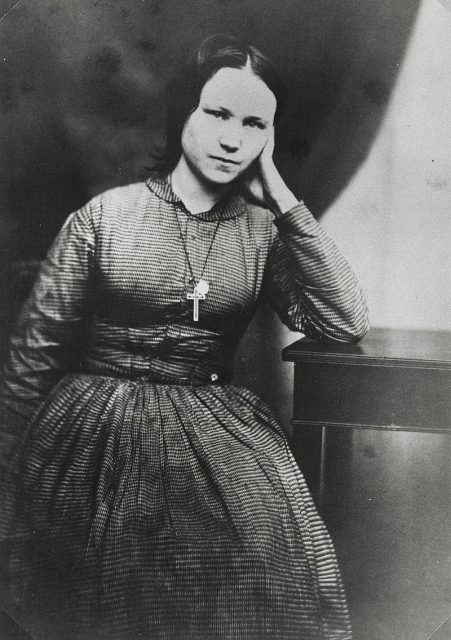
Physiognomy was, however, an unfounded pseudo-medical method, very much like its counterpart, phrenology, which believed that the shape of a man’s skull determined his character.
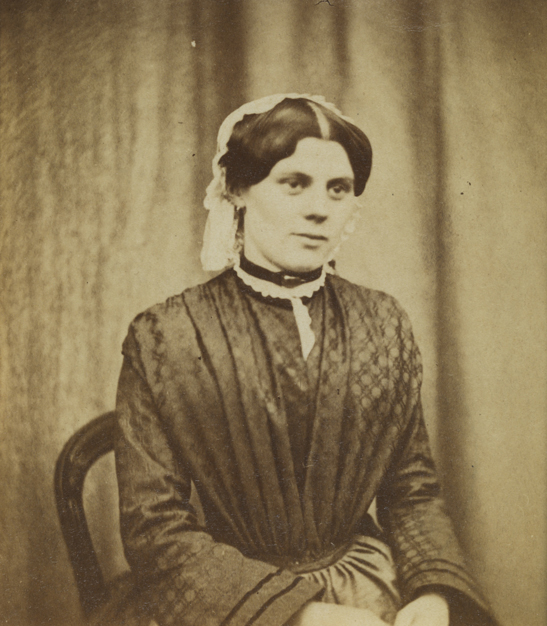
Although both of these “sciences” are considered obsolete and unscientific today, they were influential in 19th-century psychiatry.
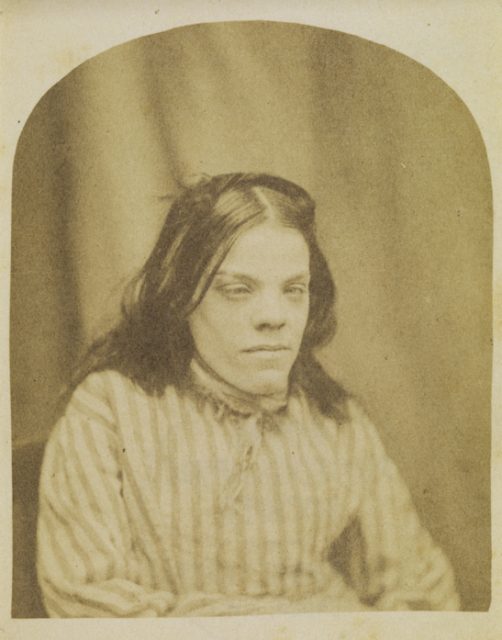
Hugh Diamond’s photographs had little success in curing his patients, but what he left us are truly haunting images.
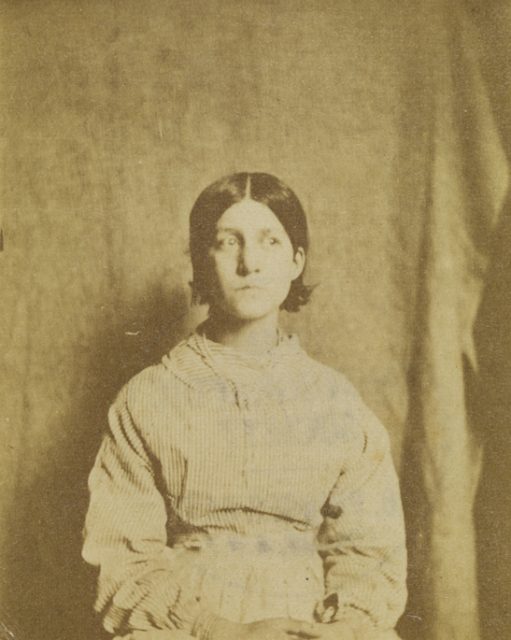
The helpless, suffering expressions of women on whom the photo-therapy was applied are quite moving and sad.
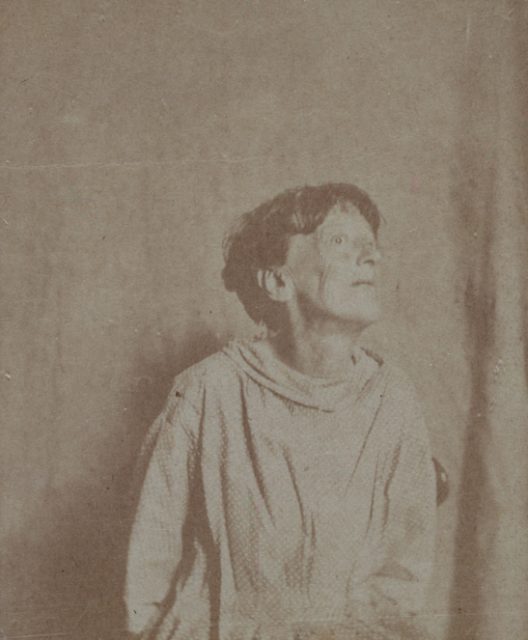
It is obvious that apart from their own mental issues with which they struggled, they also had to face the harsh conditions of 19th-century asylums.
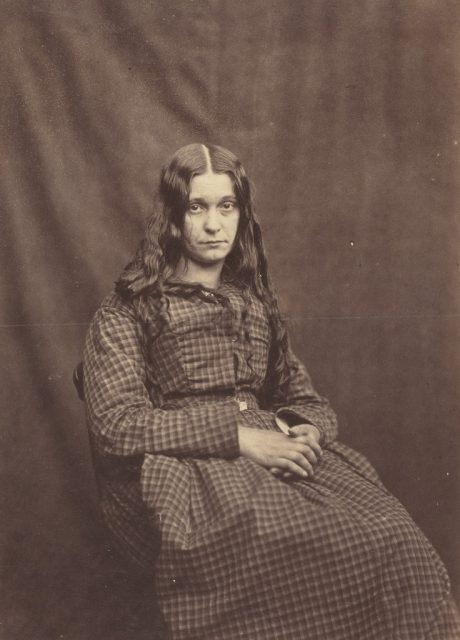
Diamond continued to pursue his career as a psychiatrist, but he would be best remembered for his contribution to photography. He did a great deal to popularize photography and de-mystify it to the wider audience, as the invention was both feared and admired in the early days of its practical use.
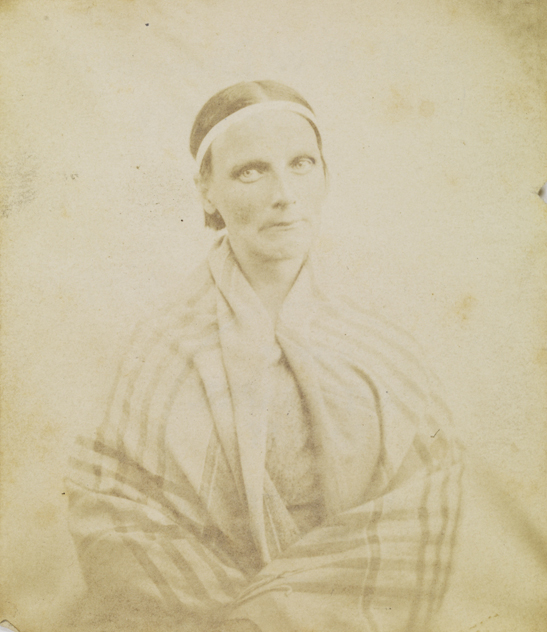
As for his attempt to use photography to cure mental patients, it pretty much backfired. After publishing his 1856 paper On the Application of Photography to the Physiognomic and Mental Phenomena of Insanity, he encountered criticism from the psychiatric scientific community of the time.
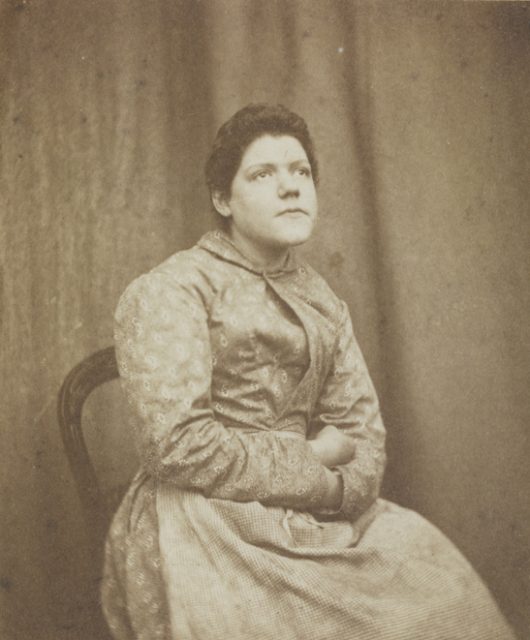
Diamond went on to open a private clinic of his own―one where he would continue to experiment with photography and its possible use in curing mental illness―but due to the status of the asylum, he received patients who were all from well-off families. The relatives who submitted their unfortunate family members were opposed to any photographic documentation, as they perceived it as insulting.
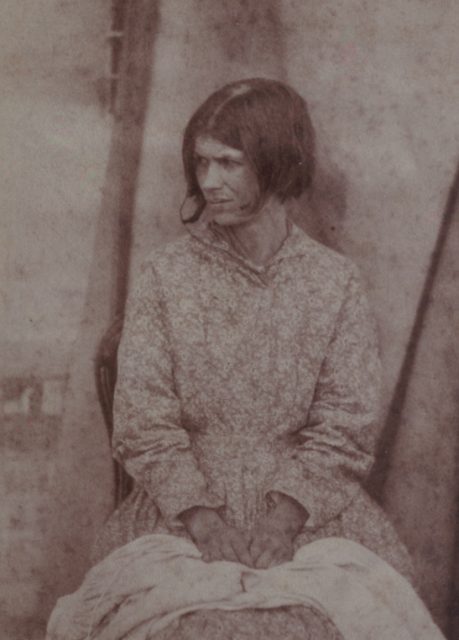
Nevertheless, the doctor never abandoned his passion. He held popular lectures on photography and wrote numerous articles on the subject, encouraging young people to get involved and learn more about the then-developing technique of capturing images. Among his most enthusiastic students was Henry Peach Robinson, who was one of Britain’s most talented early photographers. Robinson also pioneered a technique of combination printing, which was an early form of photo-montage, in a way a predecessor of Photoshop.
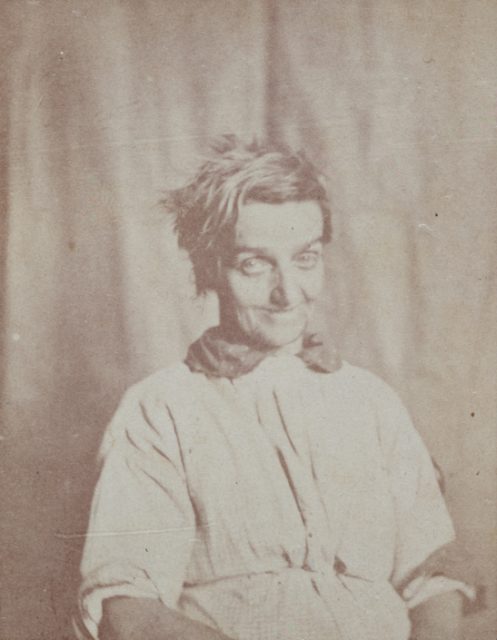
So, even though Hugh Welch Diamond’s psychiatric theory didn’t bear fruit, his engagement with photography certainly left a lasting impression.
In 1867, Diamond was honored by the Photographic Society, which awarded him for “his long and successful labors as one of the principal pioneers of the photographic art and of his continuing endeavors for its advancement.”
After spending years as the Society’s secretary, he assumed the role of honorary secretary in 1868.
